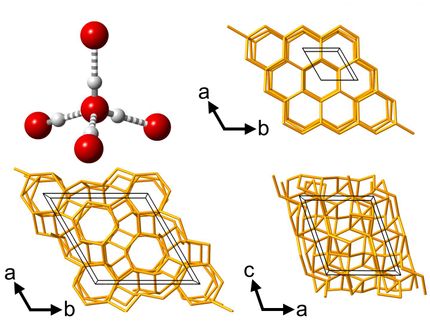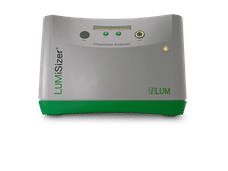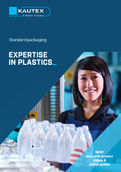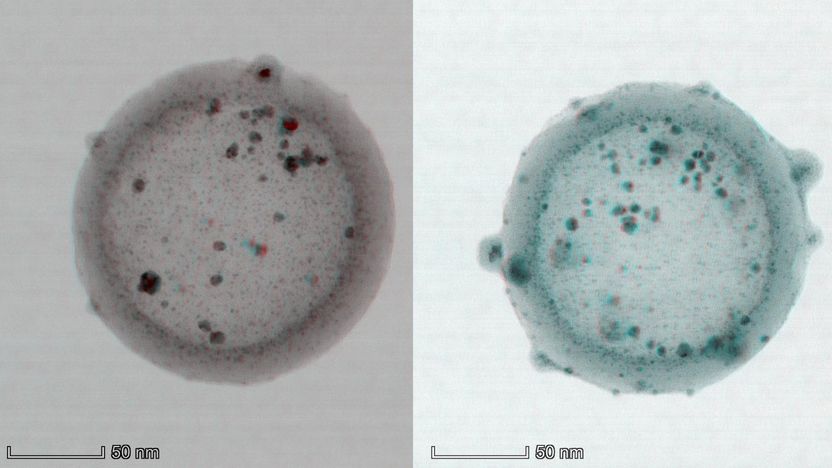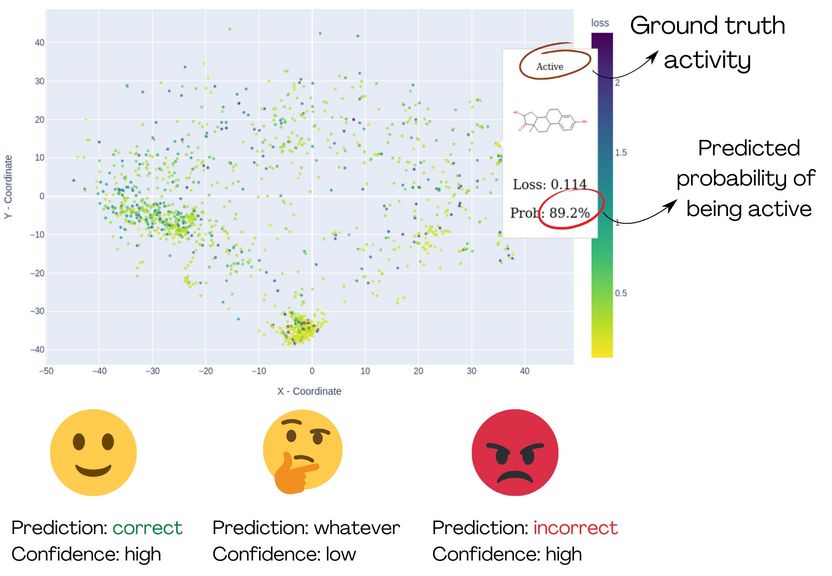0.2 second test for explosive liquids
Since a failed terrorist attack in 2006, plane passengers have not been able to carry bottles of liquid through security at airports, leaving some parched at the airport and others having expensive toiletries confiscated, but work by a group of physicists in Germany is paving the way to eliminate this necessary nuisance.
Research published, Tuesday, 20 October, in IOP Publishing's Superconductor Science and Technology explains how a new form of spectroscopy, a scientific method that uses electromagnetic radiation to identify materials, and a novel nanoelectronic device to detect signals, can identify explosive liquids, or liquid components for the fabrication of explosives, in usual plastic bottles almost instantly.
Discussing the different molecular signatures, or atomic make-up, of simple liquids such as water, ethanol and acetone (a flammable liquid), the researchers from Forschungszentrum Jülich, an inter-disciplinary research centre situated between Aachen and Cologne in Germany, explain the need to extend the frequency range of spectral analysis to increase the reliability of liquid explosive detection.
While the idea of using electromagnetic radiation to inspect the properties of liquids is already thought a viable route to detecting explosive liquids, previous devices, working at single fixed frequencies within a small frequency range, cannot unambiguously distinguish mixtures of different liquids containing dangerous components which can be used as an explosive.
The researchers from Jülich have suggested a fast and reliable way to increase the range of frequencies that their spectrometer can analyse, thereby verifying the molecular signature of the liquid and creating a much more detailed 'thumbprint' that can be checked against the range of possibly dangerous liquids available to terrorists.
The researchers' new method of spectrometry is called Hilbert spectroscopy. It works over a wider range of frequencies, from a few gigahertz to a few terahertz. With the incorporation of a nanoscale electronic device, a Josephson junction, the researchers have undertaken practical detection experiments which directly transform the electromagnetic spectrum received by the spectrometer into an electrical signal which warns of suspicious fluids.
As the researchers write, "Our first experiments showed that with simple measurements at four frequencies ranging from microwave to terahertz we are able to perform fast and reliable identification of various widespread liquids, such as water, ethanol, propanol and acetone, placed in a plastic container. We have made and continue to make significant steps towards a practical device."
Original publication: M Lyatti et al.; "Liquid identification by Hilbert spectroscopy"; Supercond. Sci. Technol. 2009, 22, 114005
Other news from the department science
These products might interest you
Most read news
More news from our other portals
See the theme worlds for related content
Topic World Spectroscopy
Investigation with spectroscopy gives us unique insights into the composition and structure of materials. From UV-Vis spectroscopy to infrared and Raman spectroscopy to fluorescence and atomic absorption spectroscopy, spectroscopy offers us a wide range of analytical techniques to precisely characterize substances. Immerse yourself in the fascinating world of spectroscopy!

Topic World Spectroscopy
Investigation with spectroscopy gives us unique insights into the composition and structure of materials. From UV-Vis spectroscopy to infrared and Raman spectroscopy to fluorescence and atomic absorption spectroscopy, spectroscopy offers us a wide range of analytical techniques to precisely characterize substances. Immerse yourself in the fascinating world of spectroscopy!

